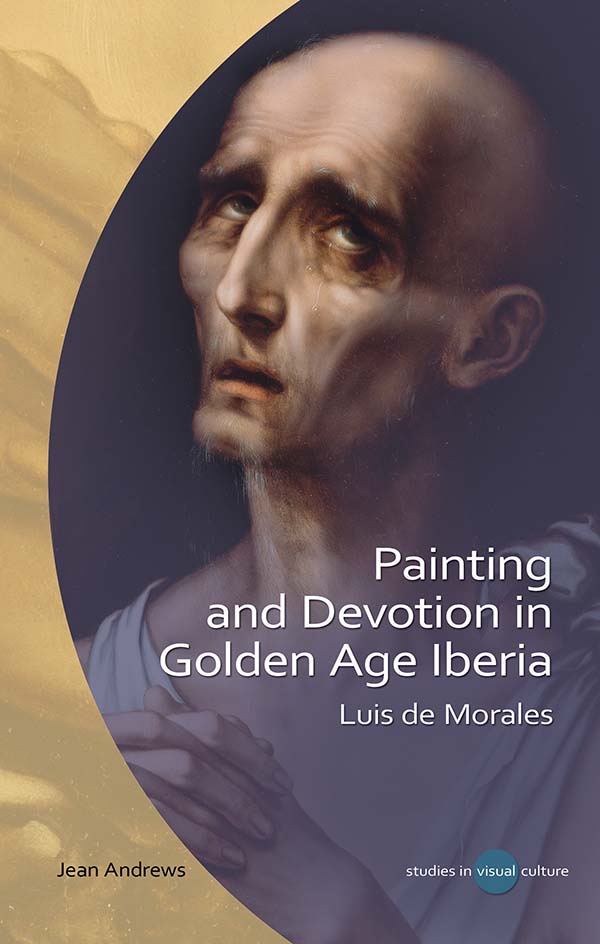Painting and Devotion in Golden Age Iberia
Luis de Morales
Author(s) Jean Andrews
Language: English
Genre(s): Art and Music
Series: Studies in Visual Culture
- June 2020 · 272 pages ·216x138mm
- · Hardback - 9781786836021
- · eBook - pdf - 9781786836038
- · eBook - epub - 9781786836045
Luis de Morales, known as El Divino because of his intensely religious subject matter, is the most significant and recognisable Spanish painter of the mid-sixteenth century, the high point of the Spanish and Portuguese counter-reformations. He spent almost his entire working life in the Spanish city of Badajoz, not far from the border with Portugal, and did not travel outside of a small area around that city, straddling the border. The social, political and cultural environment of Badajoz and its environs is crucial for a thorough understanding of Morales’s output, and this book provides context in detail – considering literature and liturgical theatre, the situation of converted Jews and Muslims, the presence of Erasmianism, Lutheranism and Illuminism (Alumbradismo), devotional writing for lay people, and proximity to the Bragança ducal palace in Portugal as a means of explaining this most enigmatic of painters.
Table of Contents
List of Figures
Preface
Chapter I: Badajoz in the 1540s: City of Joy
Chapter II: Badajoz in the 1550s: Iconographical Licence
Chapter III: Badajoz in the 1560s: Meditation on the Life and Death of Christ
Chapter IV: Tridentine Badajoz and its environs: The Model Male Penitent
Chapter V: Both Sides of the Border: The Two Franciscos
Bibliography


